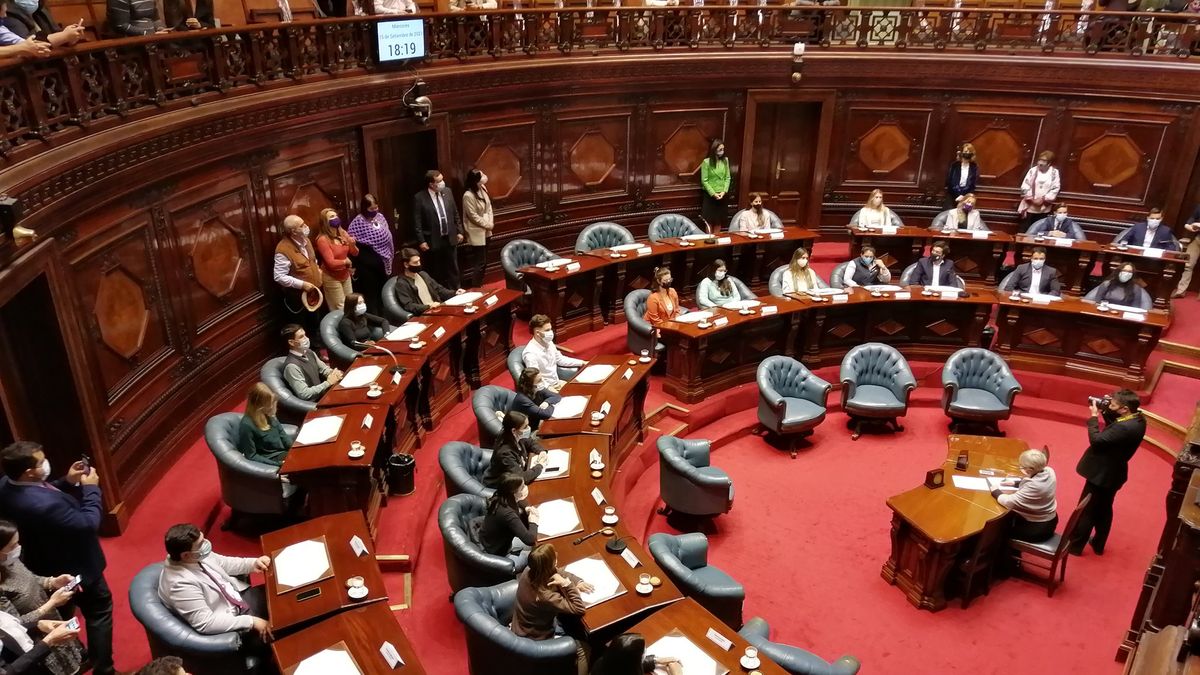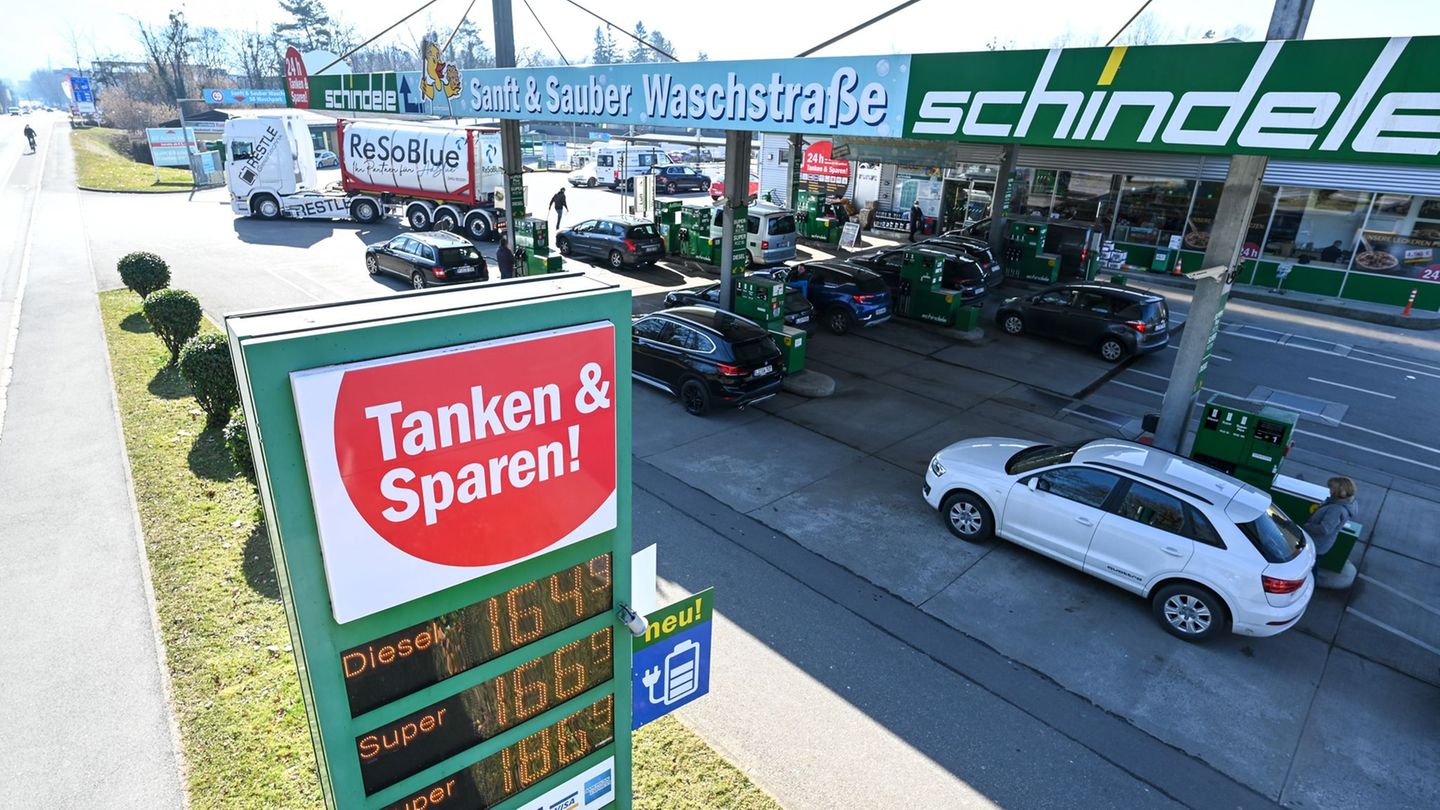He Gold had another fantastic month in Septemberdriven by the increasing geopolitical tensions –which have been extended to October- and a 50 basis point rate cut by the Fed which together with other factors took the price to levels of US$2,630, almost 5% in one month. Under this context, Physically-backed global gold ETFs were once again in the spotlight, extending their inflow streak for the fifth consecutive month..
Data collected by Bloomberg, Company Filings, ICE Benchmark Administration, and the WGC show that the Last month, globally physically-backed gold ETFs recorded their fifth consecutive monthly inflow, attracting a net $1.4 billion. The main inflows were concentrated in North America while Europe was the only region that experienced outflows, albeit slight.
Due to continued positive flows and a record gold price, Global assets under management increased 5% to a new record of US$271 billion, or the equivalent of half of Argentina’s GDP. In terms of collective holdings, this implies an increase of 18 tonnes bringing the total to 3,200 tonnes at the end of Septemberwhich positions them as the third largest holder of gold in the world, surpassing the International Monetary Fund (IMF) itself.
The year-to-date balance shows that continued inflows in recent months reduced outflows from global gold ETFs to a positive level of $389 millionwhile the most recent flows, coupled with the rise in the price of gold, catapulted the value of total assets under management by 26%. It should be noted that North American fund flows have so far become positive, leaving Europe as the only region with outflows so far in 2024.
Meanwhile, Asian funds continued to dominate global inflows so far despite a recent slowdown in demand. Looking ahead, analysts believe that lower yields and faltering corporate spreads suggest a favorable environment for gold where elevated geopolitical risk should provide further support.
gold-investment.jpg
Depositphotos
Regional overview
North American gold ETF funds saw capital inflows for three consecutive months, totaling $1.4 billion in September. It is worth remembering that the Fed surprised investors with a 50 basis point cut at its meeting last month, which drove down US Treasury yields and the dollar during the month.
“Lower opportunity costs, related to interest rates and the dollar, drove investor interest in gold ETFs,” metal market experts note. As in previous months, The rise in the price of gold not only attracted the attention of investors, but also led to in-the-money call option exercises (the strike price of the call is less than the current price of the underlying asset) of the leading gold ETFs, which created considerable capital inflows on the expiration date. They further believe that rising geopolitical tensions in the Middle East during the month also helped attract gold ETF capital inflows, as Investors seek safe haven.
On the European side, There were net outflows of US$245 million, which ended its four-month streak of capital inflows. Capital outflows are mainly explained by those registered in UK funds. In this regard, they explain that compared to the Fed’s easing efforts, The Bank of England (BoE) was more reserved and left rates unchanged at 5% at its September meetingciting the upward risk of inflation due to high wage growth.
But the BoE’s cautious move dampened investor expectations of future rate cuts. and fueled a sizeable rally in UK government bond yields, which coincided with capital outflows from major gold ETFs locally. Instead, both Germany and Switzerland witnessed capital inflows, although smallerlikely driven by safe haven demand amid deteriorating economic prospects, especially in Germany.
Meanwhile, Intensifying expectations of a new European Central Bank (ECB) cut in October, despite a pause last month, led to notable falls in local yields and probably contributed to increased demand for gold. The region once again recorded capital inflows related to currency hedging, although at a slower pace than in August, driven primarily by the continued strength of local currencies against the dollar.
Asia and the rest of the world
Asian funds attracted $175 million in September, extending the region’s streak of capital inflows to 19 months. India once again recorded strong capital inflows, driven by factors not very different from those of previous months. At the same time, the strong momentum in the gold price and the high geopolitical risk contributed. Chinese capital inflows were moderateas the rally in stocks at the end of the month, fueled by the government’s aggressive stimulus package, diverted the attention of some investors from gold despite its strong performance.
For their part, funds from other countries recorded capital inflows for the fourth consecutive month, highlighting that the inflows of US$120 million in September were mainly driven by Australian and South African funds. In this sense, they explain that although Reserve Bank of Australia (RBA) left rates unchanged, local yields were generally lower on the month amid slowing inflation and weak growth. Along with the record gold price in the local currency, Australia’s gold ETFs recorded capital inflows for the fourth consecutive month.
Meanwhile, South Africa central bank’s 25 basis point rate cut led to sharp decline in local yields and a weaker Rand, prompting the fifth consecutive monthly inflow of gold ETFs into the region.
While global gold trade volumes recovered in September, averaging US$259 billion, 7% more than the previous month, mainly due to OTC operations, which experienced a 10% month-on-month increase to US$176,000 million per day -which translates into a 6% month-on-month increase in terms of tonnage-, Global gold ETF trading was down 5% in September.
Source: Ambito
I am a 24-year-old writer and journalist who has been working in the news industry for the past two years. I write primarily about market news, so if you’re looking for insights into what’s going on in the stock market or economic indicators, you’ve come to the right place. I also dabble in writing articles on lifestyle trends and pop culture news.




